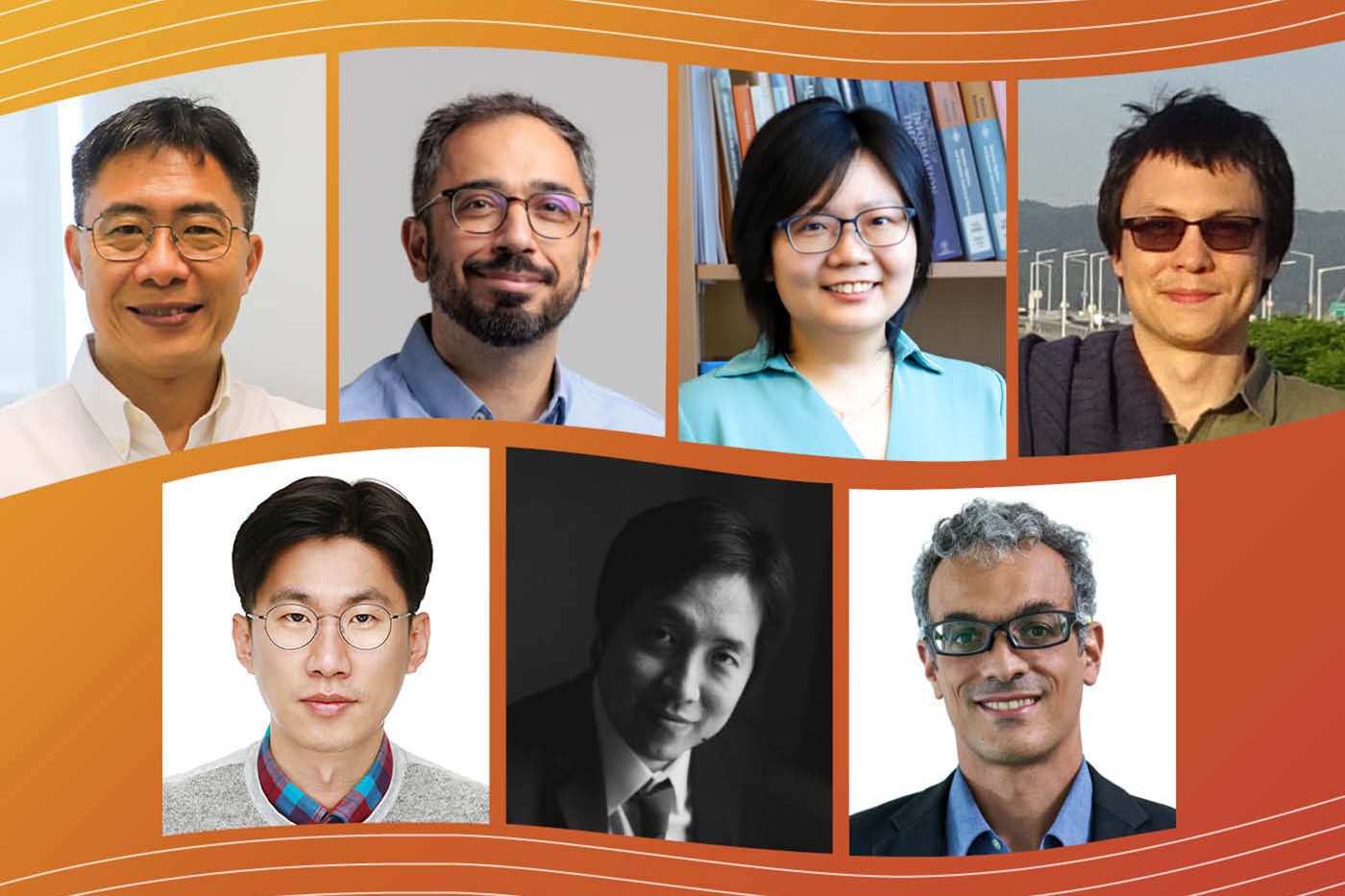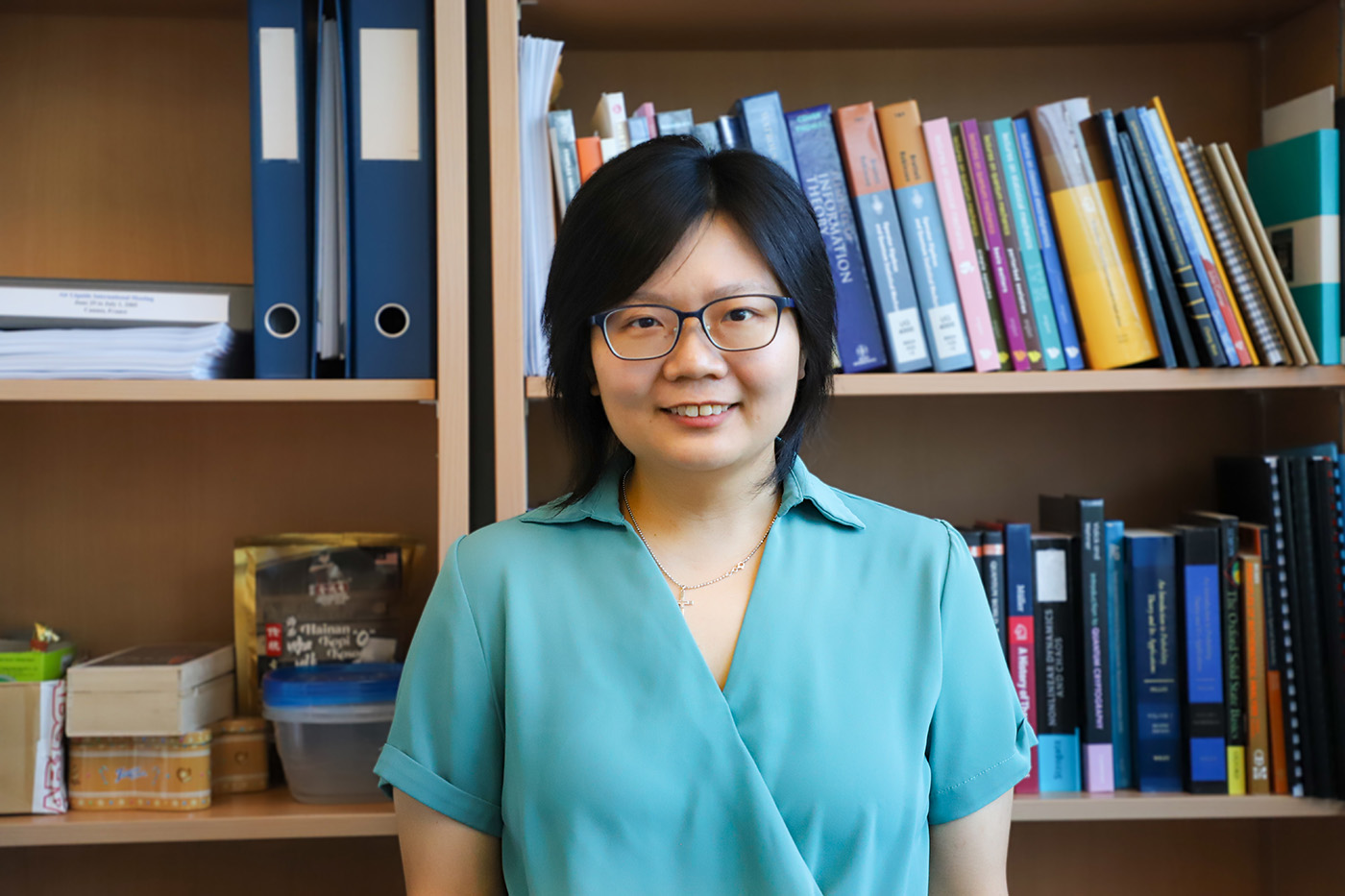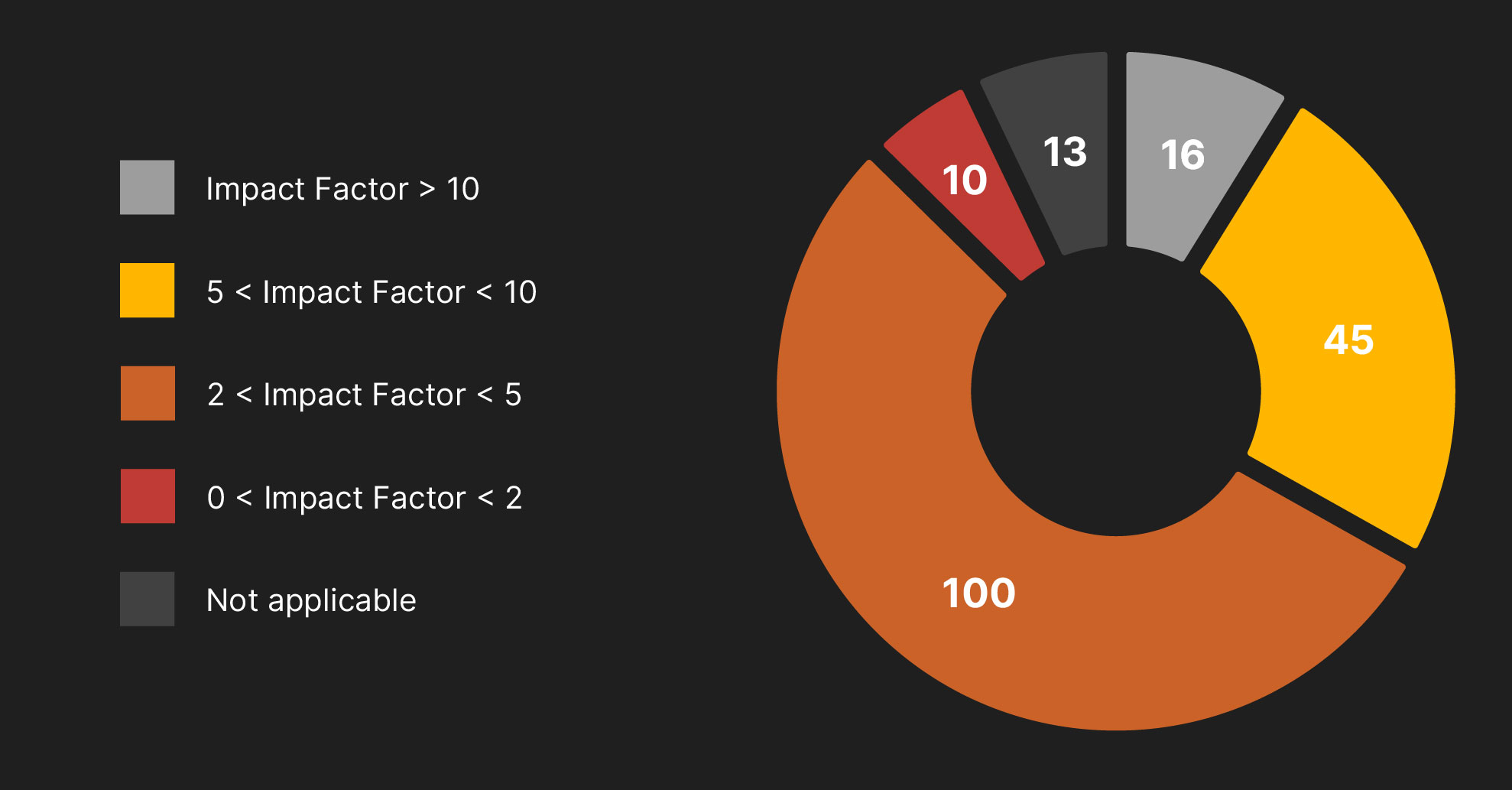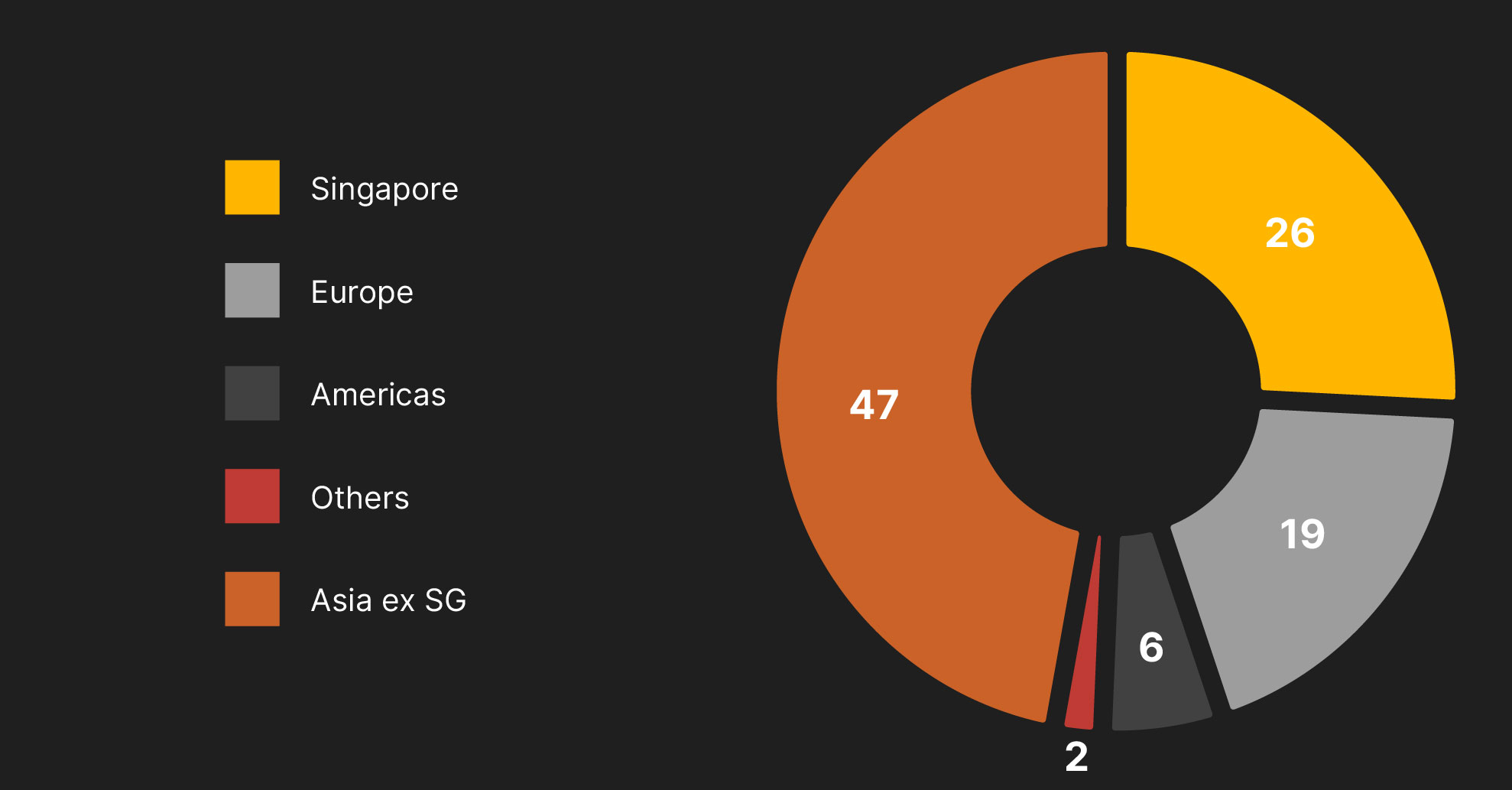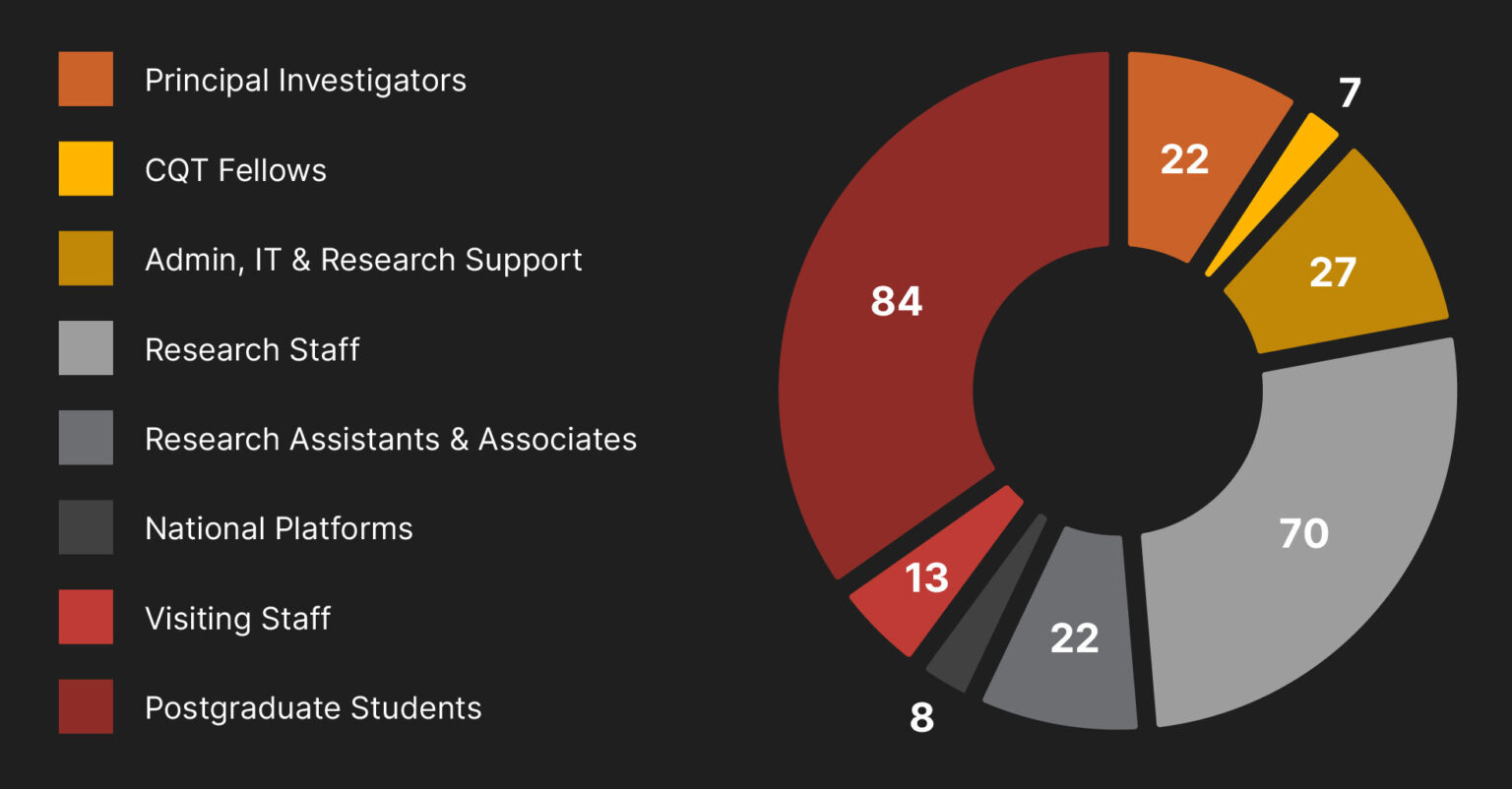Meet a CQTian: Johnson Goh Kuan Eng
New CQT Principal Investigator Johnson wears many hats: he leads two of Singapore’s national quantum programmes and is building a quantum processor with 2D materials
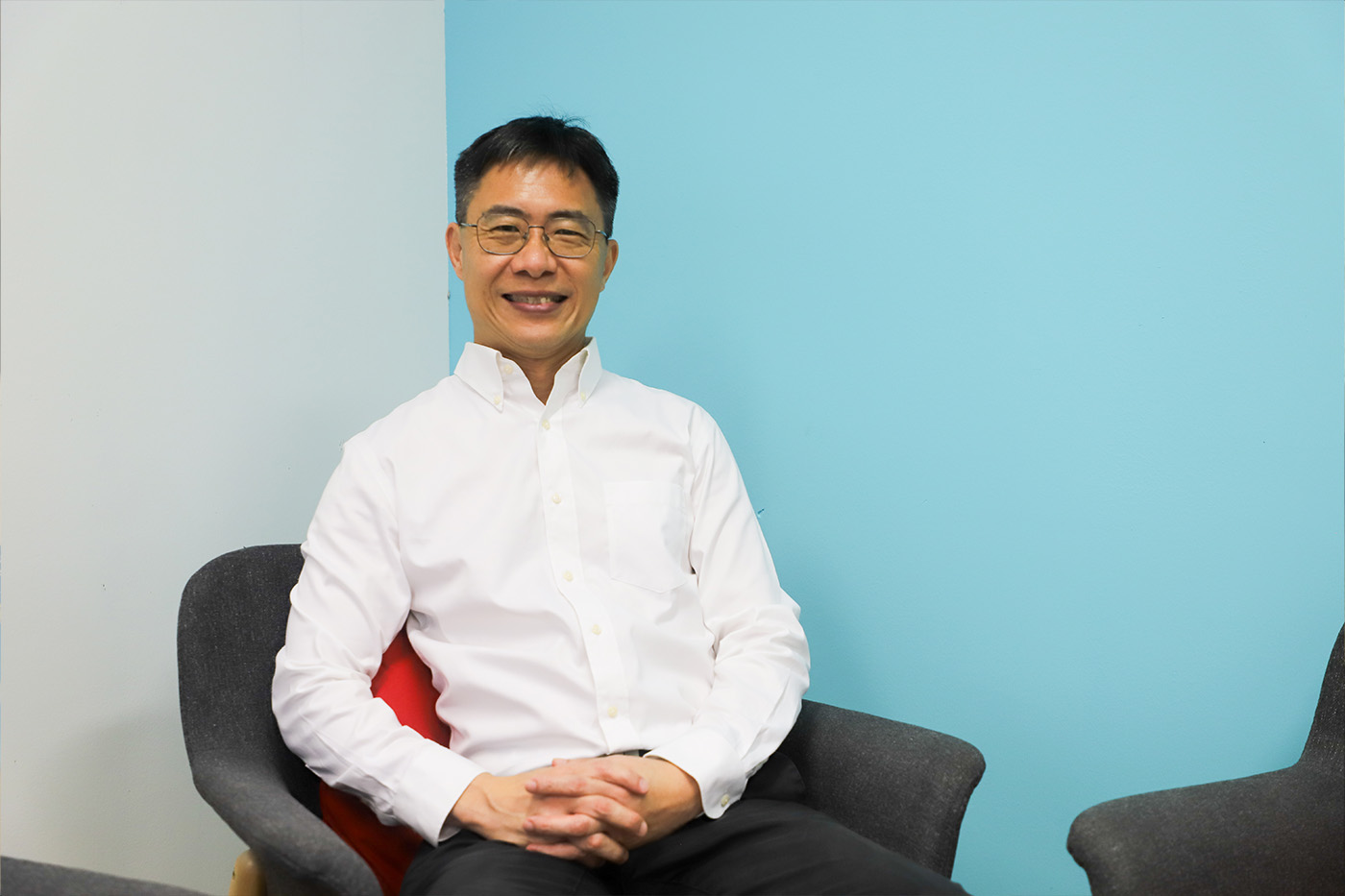
Johnson pursued his PhD in quantum computing after teaching physics at a Junior College in Singapore for several years.
Who are you and how did you come to be at CQT?
I’m Johnson Goh. My childhood dream was to be an inventor. Over time, I realised that to be a good inventor, research is an important foundation. That wasn’t a popular thing to do in the 80s so I went into education in Singapore. Along the way, I eventually got myself into a PhD programme in Australia trying to build a quantum computer.
Why quantum?
I taught physics at the junior-college level for several years when I started feeling a stagnation in my personal development. That was my first real midlife crisis. Being proactive about my own continuous learning, I had already completed a master’s degrees in engineering and information technology while teaching.
Remembering my passion for research, I then decided to do a PhD. I stumbled upon a fascinating book called The Quest for the Quantum Computer by Julian Brown. That led me to look around the world for programmes in quantum technology, especially quantum computing. I accepted the first offer I got, which was to do a PhD with Michelle Simmons at the University of New South Wales.
When I came back to Singapore, there was not much activity in this area. I went into nanoelectronics to keep close to the development of quantum technology and to advance the next generation of electronics. Later, when there was interest to build quantum hardware at Singapore’s Agency for Science, Technology and Research, I came back into the game. It was also then I started to interact more with people from CQT.
What are you looking forward to in your role as Principal Investigator?
I hope to have tighter integration with the quantum community and open new avenues for collaboration. We have an exciting joint effort with CQT Fellow Ng Hui Khoon, who is an expert in error correction. We’re trying to use what she is doing in quantum error correction to inform how we can best design our quantum processors.
What is your research about now?
My first taste of building a quantum processor during my PhD was in silicon. Even though silicon is a mature material, I’ve come to realise how challenging it is. I think new materials that have come out in the last two decades could be easier to scale. What I’m passionate about is building qubits on 2D materials.
We use a class of semiconductors known as transition metal dichalcogenides. As a 2D material, it has the interesting features of being natural 2D confinement of charge/spin carriers and having broken inversion symmetry.
When an electron moves through a material, what we fear are road bumps or potholes, what we call scattering centres, that can interact to decohere its quantum state. Broken inversion symmetry means the conditions for such bumps to scatter electrons are more stringent – we call this valley protection (a type of topological effect). In other words, the material gives intrinsic qubit protection.
Are there challenges?
Because 2D materials are so thin, most people think we need to transfer them onto silicon to be practical. The challenge is the material quality when you transfer onto the silicon substrate. That process introduces so much gunk that my electron doesn’t just hit a pothole or bump, it hits a brick wall. The beautiful material science doesn’t help anymore. Because nobody has really gone down that way deep enough, there are a lot of research opportunities. My team has been working very hard trying to solve the issues, and my long-term vision is to master the material.
You also have roles as Director of the Quantum Engineering Programme (QEP) and lead for the National Quantum Sensor Programme (NQSP). What do these entail?
As QEP Director since 2023, I look at research from a different level to understand the Singapore landscape – what we have, what our constraints are and how to harness our resources to make the best impact in quantum.
Priorities for the NQSP announced in 2024 are to help Singapore national needs and position for commercialisation outcomes. We are looking to develop tried-and-tested research into reliable and mission-critical technology. Our focus is on three key areas: position, navigation and timing; remote sensing; and biomedical imaging and sensing. For example, we are looking at ways of doing medical examinations that will hopefully be less invasive by using quantum-enabled bioimaging.
Recently the National Quantum Office announced a collaboration with the Defence Science Organisation (DSO) to establish a Quantum Sensing Centre. How does that tie in with NQSP?
DSO has joined forces with NQO to consolidate the best capabilities in Singapore to co-create the Quantum Sensing Centre. The view is that if we are more coordinated, we can be more efficient in utilising our resources. DSO will co-fund some NQSP projects for which they have targeted use-cases. The objective is to develop dual-use technologies that can benefit the military and may also be spun off for commercial use.
How do you juggle your different responsibilities?
People usually say that if you are passionate about something, you will figure out a way to arrange your time to get things done. For me it is largely so. I wouldn’t say it was straightforward, but it has been a childhood aspiration come true.
Do you still have time for hobbies?
In the past, I used to do quite a bit of tennis, bowling and running with my four sons while they were growing up. Recently, it has been mainly running. I’ve been doing marathons for 15 years. I’ve been trying to keep up with that as a minimal regime to keep myself healthy.
